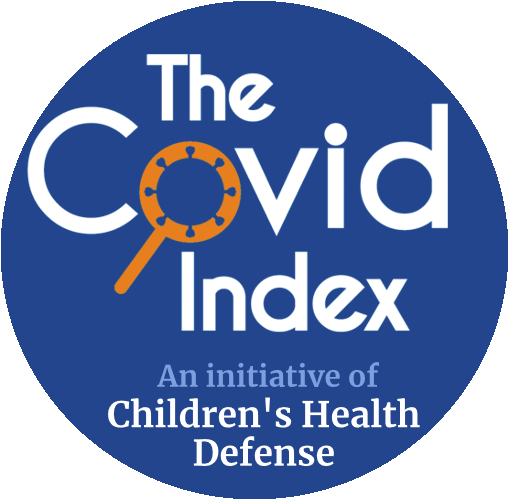"Introduction
Despite over 13 billion doses of SARS-CoV2 vaccines being administered to individuals worldwide, there have been concerning reports and publications of persistent adverse effects of the COVID-19 vaccines. These reports suggest that new-onset cardiac, vascular and neurological symptoms commenced within minutes and hours after vaccination and subsequently, were persisting for months and years. Interestingly, many of these persistent post-vaccine symptoms are similar to symptoms associated with post-acute sequelae of COVID (PASC), or long COVID. We recently reported that the S1 protein subunit of SARS-CoV2 was persistent in both nonclassical (CD14- CD16+) and intermediate (CD14+CD16+) monocytes several months and years after acute infection and could be a possible pathophysiological explanation for PASC. Interestingly, the BNT162b2 (Pfizer), mRNA-1273 (Moderna), Janssen (Johnson and Johnson), and ChAdOx1 nCoV-19 (AstraZeneca) vaccines also deliver a synthetic S1 protein subunit directly into muscle cells to elicit an immunological response.
Since there were similarities between PASC and persistent post-vaccination symptoms in individuals who never had a history of COVID infection, we sought to study if persistent S1 proteins were also present in CD16+ monocytes of both groups...
Here, we report on 50 individuals with symptoms >1 month following vaccination (with either Pfizer, Moderna, Johnson and Johnson or AstraZeneca) that resembled the spectrum of symptoms reported in long COVID or PASC...
Analysis of S1 Protein Persistence
Similar to our published findings of S1 persistence in non-classical and intermediate monocytes in PASC8, we investigated whether a similar mechanism could account for the PASC-like symptoms in post-vaccination individuals with PASC-like symptoms. We used flow cytometry to screen patients for S1 protein in their monocyte subsets. We screened 14 post-vaccination individuals with PACS-like symptoms and 10 normal controls. As demonstrated in Figure 4, there was statistically significant elevation of S1 containing non-classical monocytes (13 of 14, P<0.001) and S1 containing intermediate monocytes (9/14, P=0.006)."
The copyright holder for this preprint is the author/funder, who has granted medRxiv a license to display the preprint in perpetuity. It is made available under a CC-BY-NC-ND 4.0 International license.
